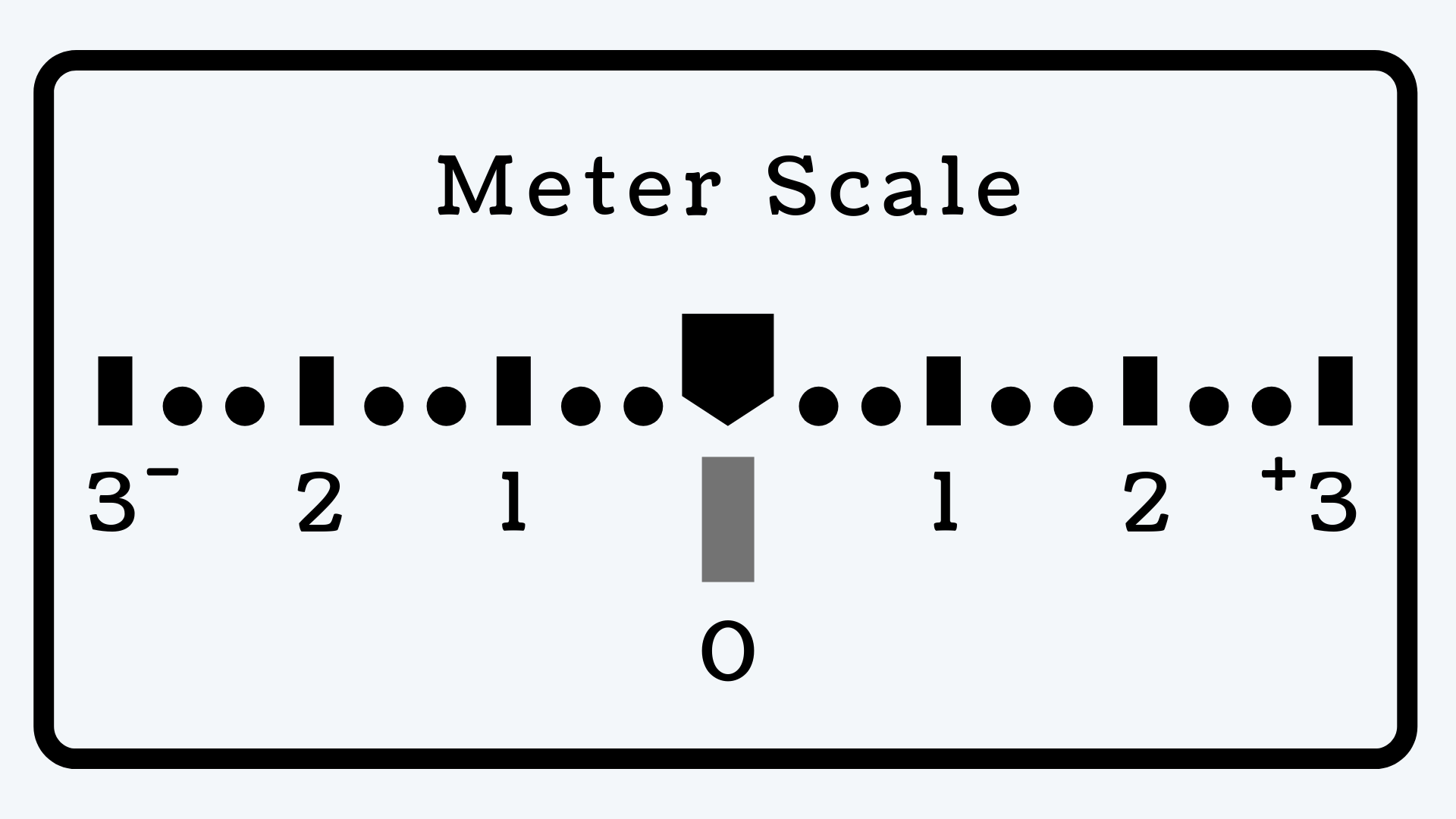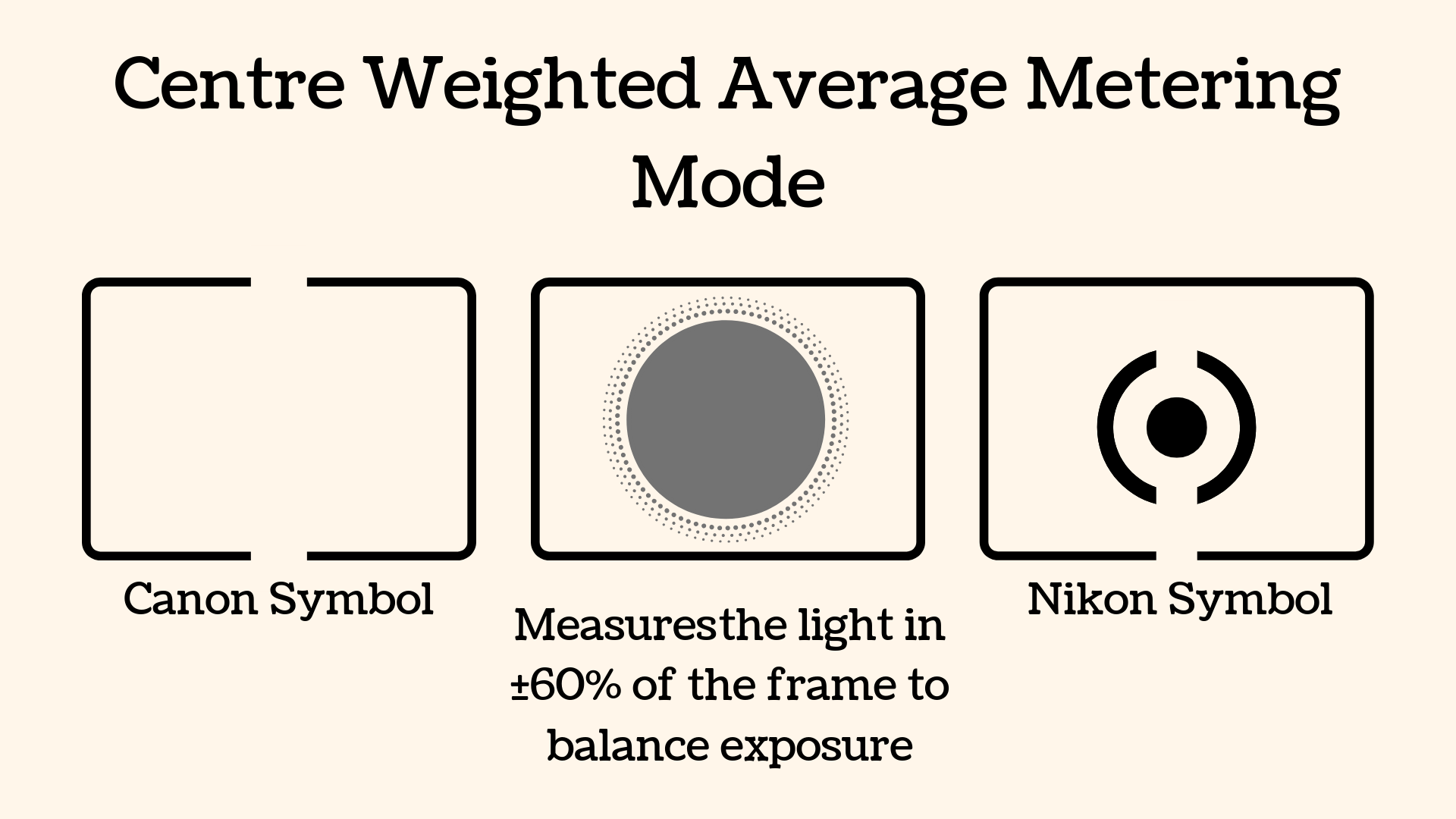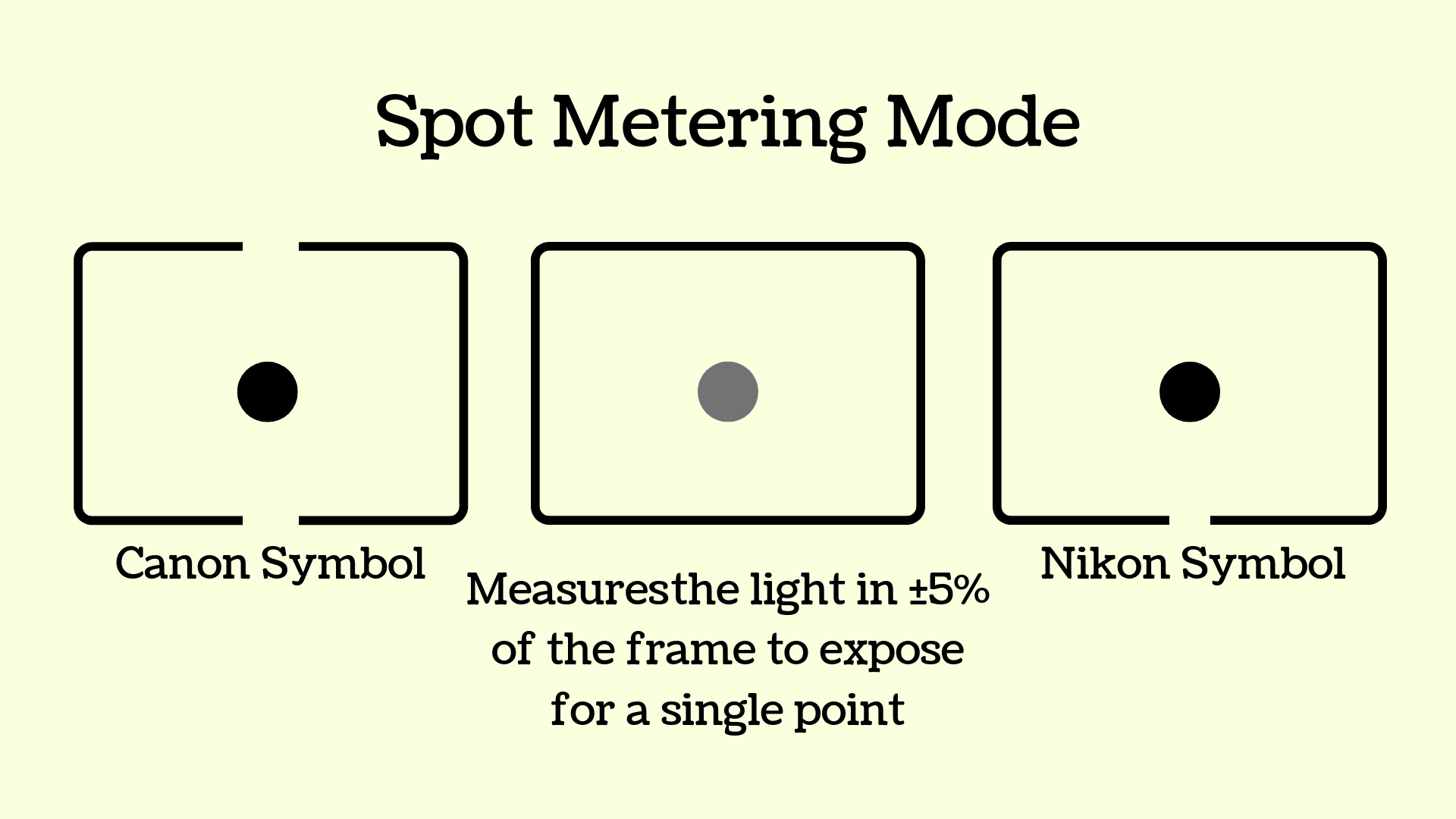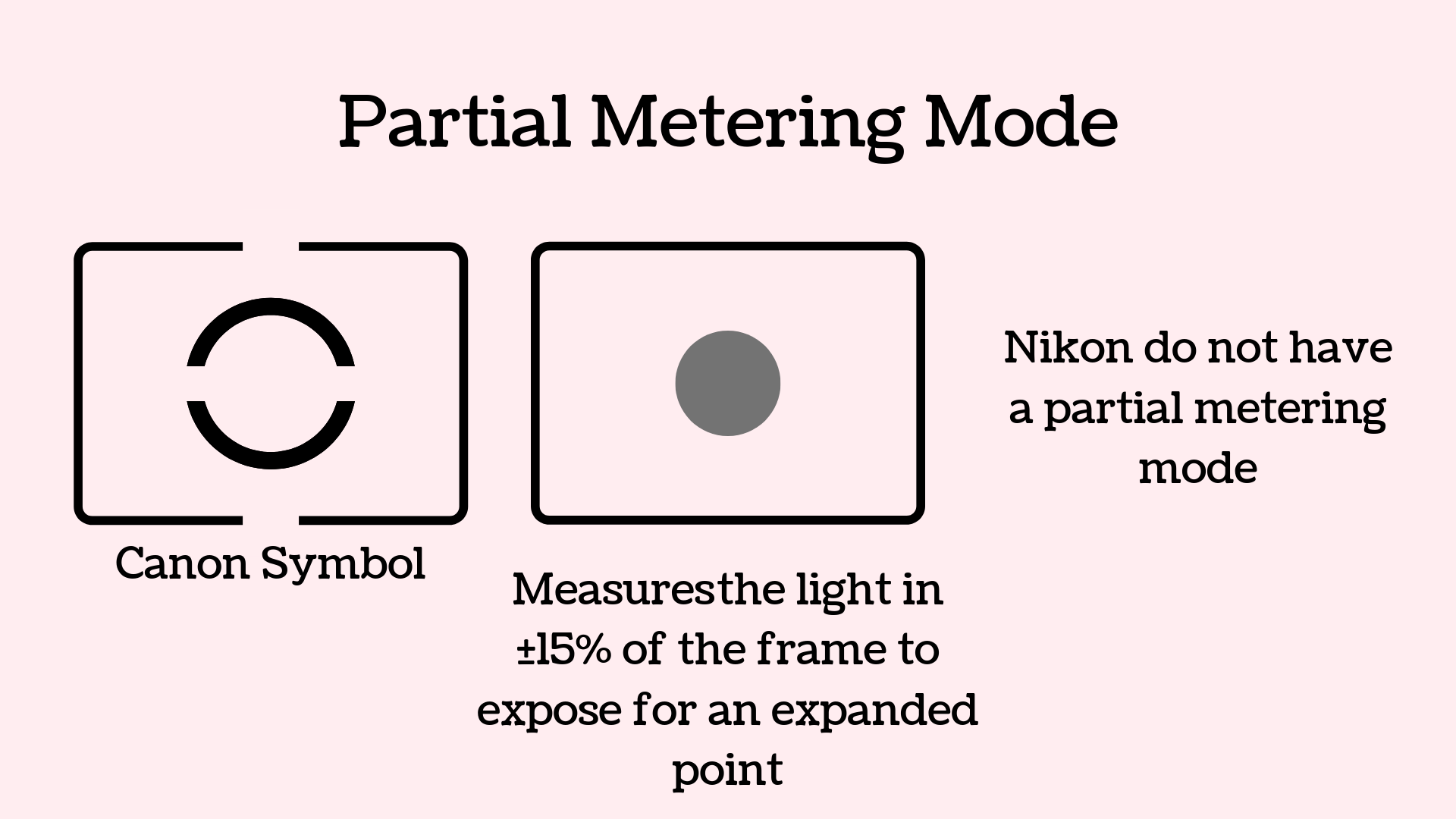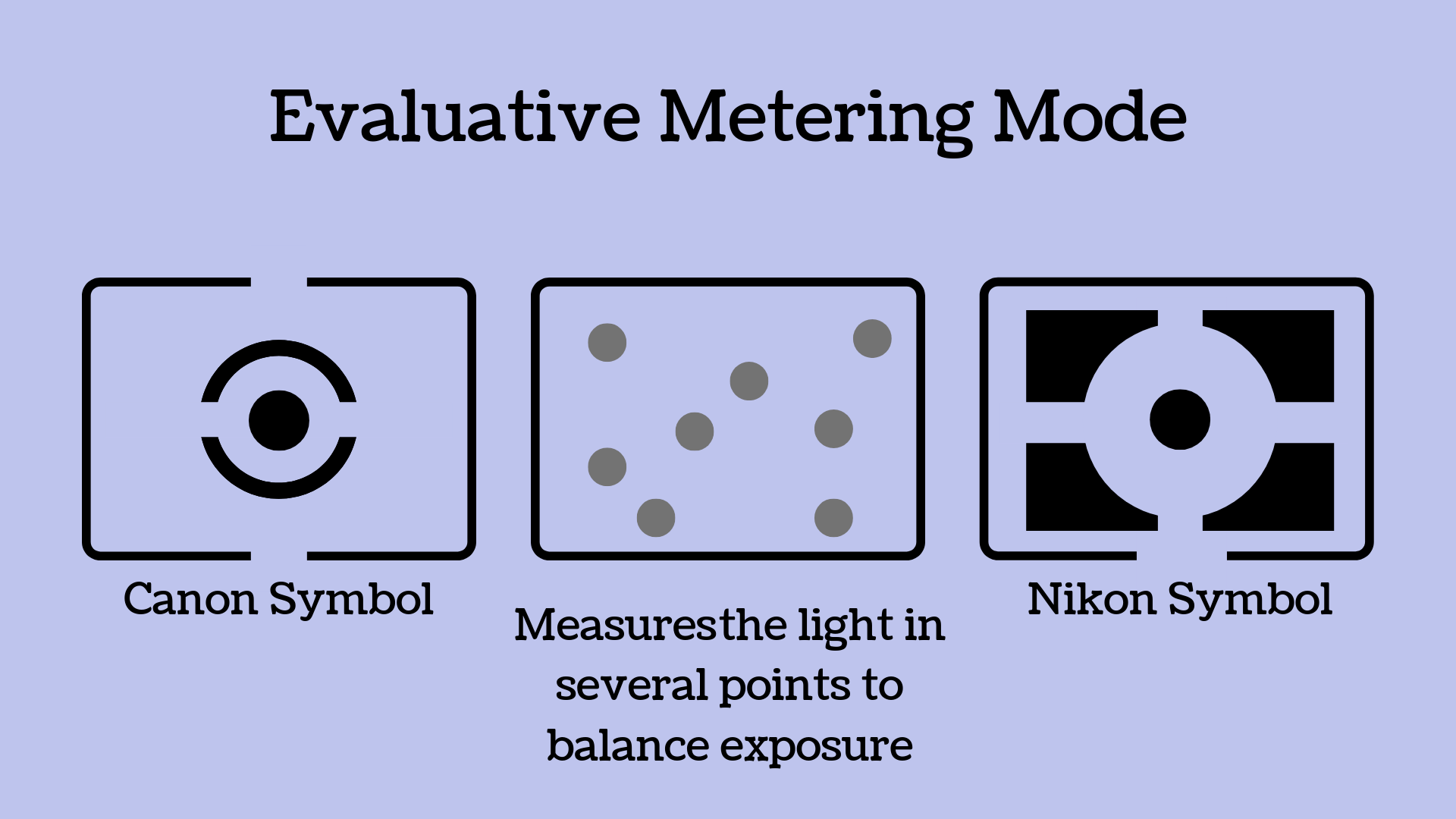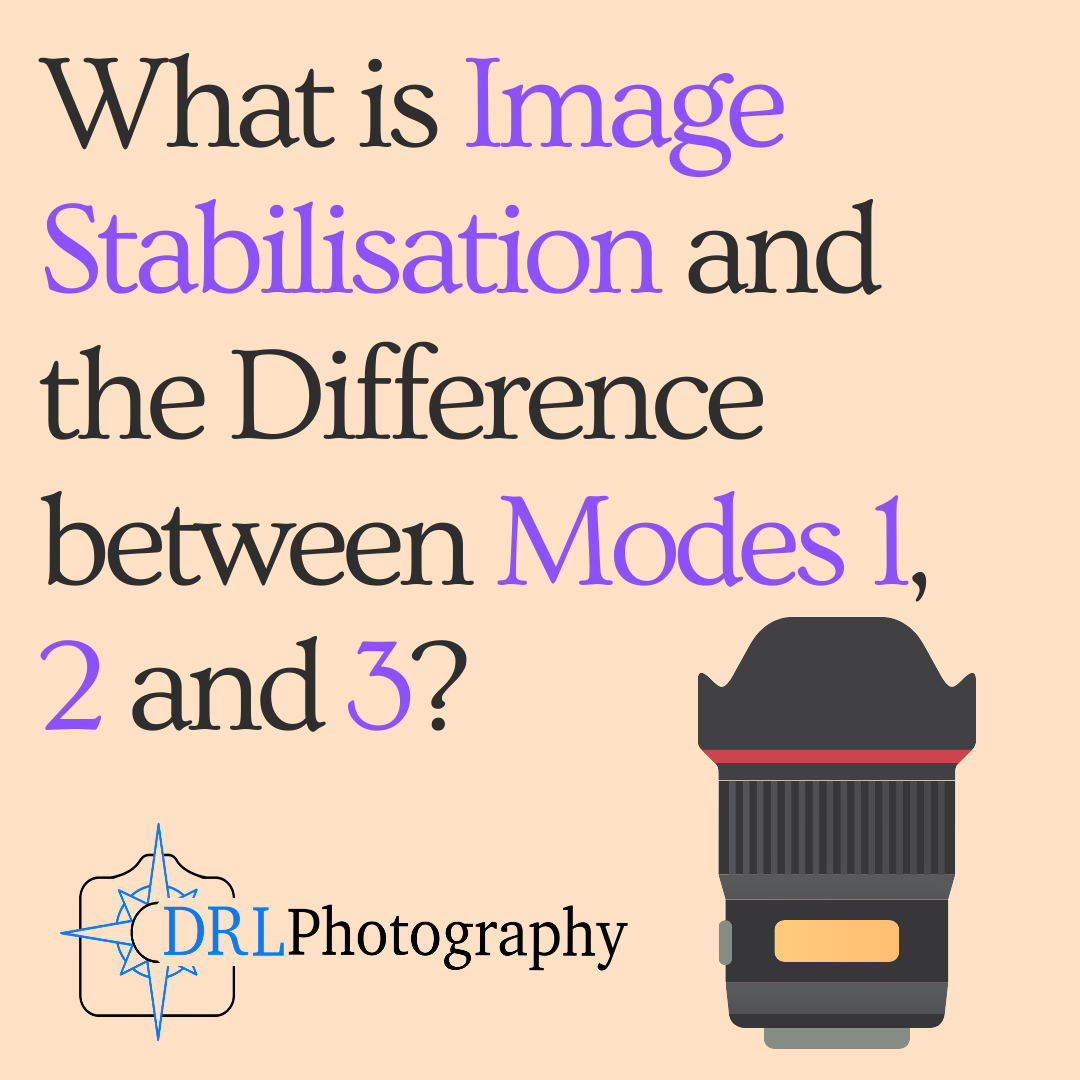What’s Metering? - The Difference Between Metering Modes
What is meant by the term ‘meter’ in photography is that a sensor either within the camera or externally, detects the ambient light in the given space and determines what exposure is required to get an image.
In other words it’s the little brain that examines the environment to tell you fast the shutter needs to be for the chosen aperture and ISO.
So understanding how your meter works and what the different meter modes, such as spot, partial, evaluative and centre weighted average are and how they work is a very important piece of technical knowledge every photographer should have.
The Meter Scale
Your meter should look something like this:
The central point listed as 0 in this diagram means that the image should be exposed correctly either as a whole or for a specific point, depending on your meter mode.
The positive or plus numbers mean that you are over exposing by 1, 2 or 3 stops.
This means that you are making the image brighter and whiter.
Whereas the negative or minus numbers mean that you are under exposing by 1,2 or 3 stops.
This means that you are making the image darker and blacker.
If you exposed correctly at 0 this should create a neutral exposure, if it was black and white it would be grey.
You might be wondering: “what does he mean by stop?” That can refer to the speed of the shutter, the aperture, or the iso. Where a stop is double or half of a given number depending on whether it’s plus or minus.
If you double the aperture it gets one stop darker.
If you half the iso it gets one stop darker.
And if you half the shutter it gets one stop darker.
And the opposite for all 3 will give you the opposite result of being brighter.
Let’s move on to the different meter modes and what they do!
Centre Weighted Average Metering Mode
As you might guess from the name, this mode moves the metering to the centre of the frame and feathers outwards to the edges, which means it determines the correct exposure from about 60% - 80% of the actual frame and focusing on the centre.
This mode can be useful for images where the subject is at the centre, but becomes less useful if you put the subject on a rule of third or on the edge for creative effect.
Most modern cameras allow you to select one or more focus points, which measures the light for that point. That means if you are using centre weighted average for your metering the centre moves to the focus point that you have selected.
In other words you can change the 60% of the image that is metered correctly by changing the point that is at the centre and getting around the problem of your subject not being in the centre.
Spot Metering Mode
Spot metering means that a specific spot in the frame of your camera is metered to create a correct exposure for that point. So in contrast to the centre weighted average this mode takes one specific point in the frame, which is the focus point that you or the camera has selected.
The point can be from 1% to 5% of the frame, so it’s important to put that focus point on the subject that you want exposed correctly, as the camera won’t compensate for anything else in the frame, unlike the other metering modes.
Because it is not affected by the other components of a scene, this metering mode is particularly useful when shooting high contrast subjects.
Examples would include backlit subjects, you can use the spot metering mode to find out the correct exposure for the subject in shadow, instead of the camera under exposing the subject as it is metering for the harsh light behind the subject.
This also shows the weakness of spot metering mode, as it will more than likely lead to a section of the image being over or under exposed, or being too dark or too light.
Partial Metering Mode
Partial metering is similar to spot metering but with an extended area of the frame which is metered, where spot metering measures 1% to 5%, partial metering measures 10% to 15% of the frame.
This mode serves as a middle point between spot metering and centre weighted average, allowing a correctly exposed subject while not allowing other areas of the image to unduly affect the metering.
Similar to spot metering, it is useful when some areas of the scene would affect the overall exposure making it too dark or light.
As with centre wighted average and spot metering you can change which portion of the frame is used to meter the image by changing the focus point.
Evaluative Metering Mode
This mode is often the default setting on cameras and is a combination of all the above settings.
Instead of using a particular point and measuring an area surrounding it like the other metering modes discussed, evaluative metering mode measures several points from around the frame and calculates an average exposure for those different elements.
It is biased to the focus point selected but it also takes into account several factors including distance to subject, colours of the scene, in focus areas and other elements, in order to find the best exposure for the whole scene.
This means that the exposure can be affected by areas that are particularly bright or dark, meaning the subject becomes over or under exposed as a result.
The calculations used can vary greatly from manufacturer to manufacturer and even from camera model to model.
But the idea behind this mode of creating a balanced exposure for the majority of the frame is a clever one.
Over or Under Exposing for Creativity
An advantage to understanding metering is that you can then use the different modes to help you create images that are intentionally over or under exposed. As you can read the meter your camera has, you can manipulate your camera settings to make a scene intentionally brighter or darker for a particular effect.
You can use evaluative metering to do this for an entire scene or spot metering to focus on one particular point.
The above image was taken in Shetland and features a sea arch called Dore Holm, which sits off shore in the middle of the ocean. I chose to accentuate the shape of the arch by over exposing the sea to white and make it appear as if the stack is floating.
Conclusion
This has been an introduction to the different metering modes that can be used for different scenes.
Evaluative and centre weighted metering modes both offer an exposure based on a large part of the frame, whereas partial and spot metering provide an exposure for a small portion of the frame.
Spot metering and partial metering can be particularly useful in harshly lit situations or scenes with a high contrast to counteract the bright light and stop the subject from being over or under exposed.
Evaluative metering and centre weighted average metering by contrast attempt to provide a balanced exposure for the whole scene.
All four are useful and I hope that with this introduction you have learnt how each one works and possible situations that they can be used.
Being able to under expose or over expose for creative purposes is an important skill for any photographer and being able to read a meter scale is a fundamental skill.
Related Articles
Written by Daniel Long
Daniel Long created DRL Photography as a place to showcase his work as a photographer. Daniel has learnt a lot about photography and wishes to impart this knowledge with you, although the world is an ever changing place and he always says “you can never learn everything.” So as he makes his way, he continues to learn knew techniques, skills and information about photography. He focuses on Landscape and Wildlife photography and Daniel has a special focus on Scotland, his home away from home. As well as writing about photography and taking pictures out in the field, Daniel offers guided photography days so he can share his knowledge and locations in an effort to give his clients the best opportunities possible. Have a browse around this website to see his images, guided experiences and articles about photography. If you have any questions don’t hesitate to get in contact.



